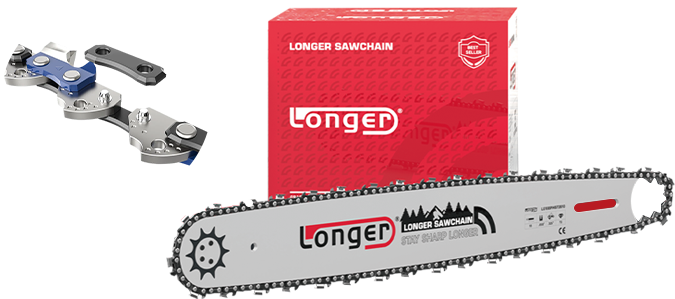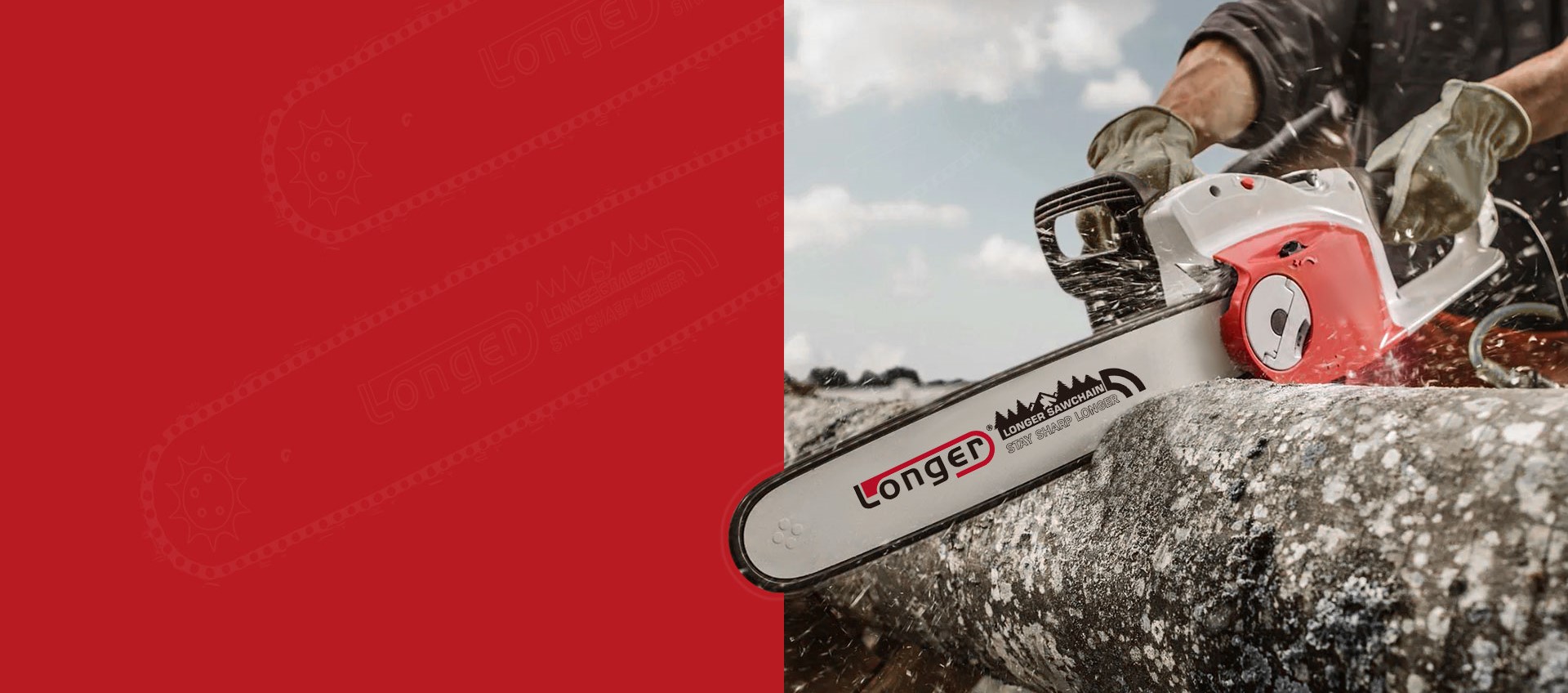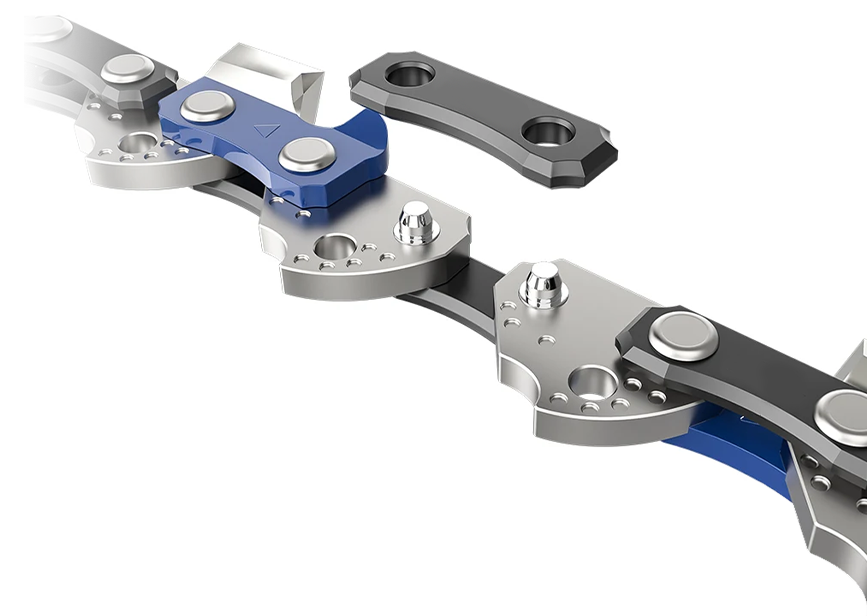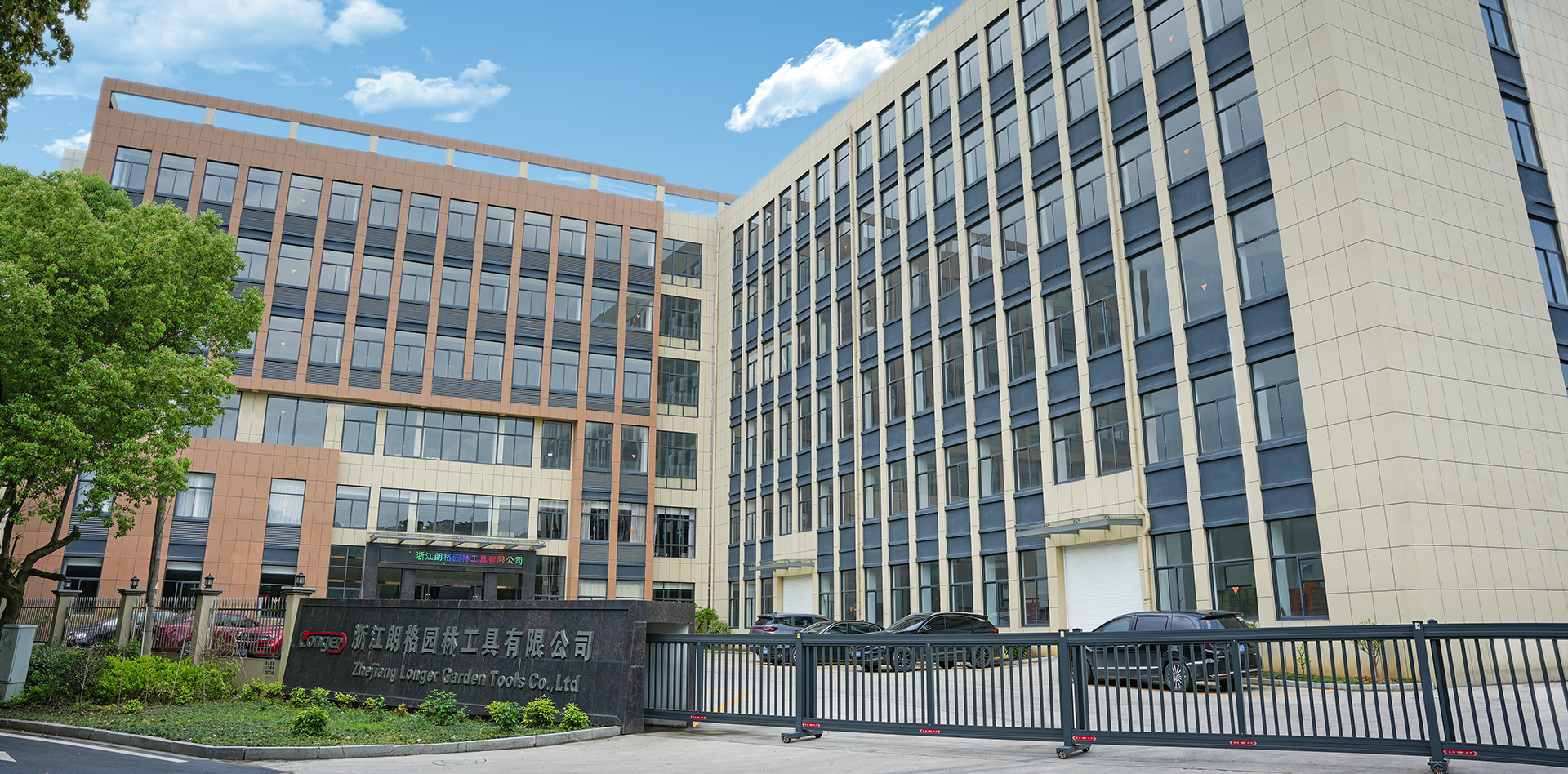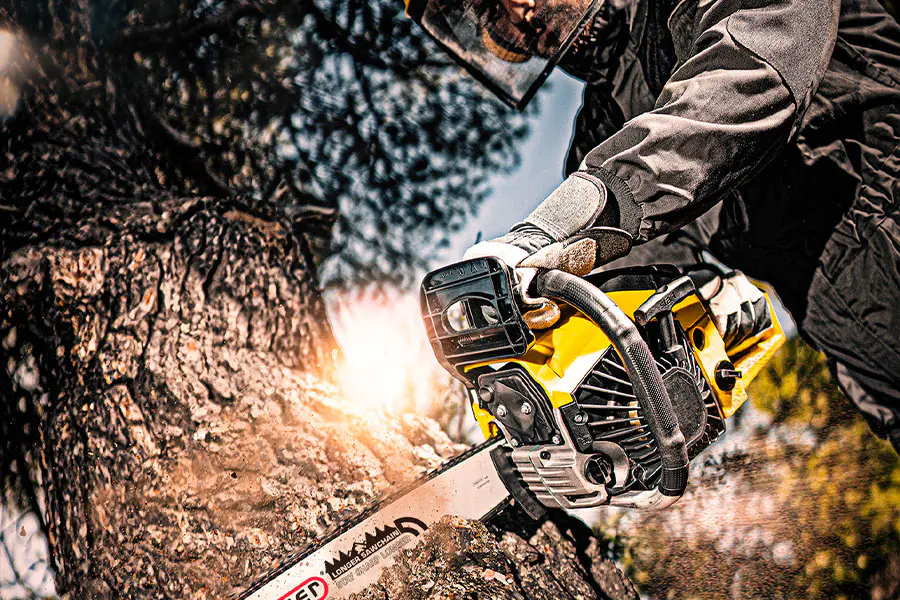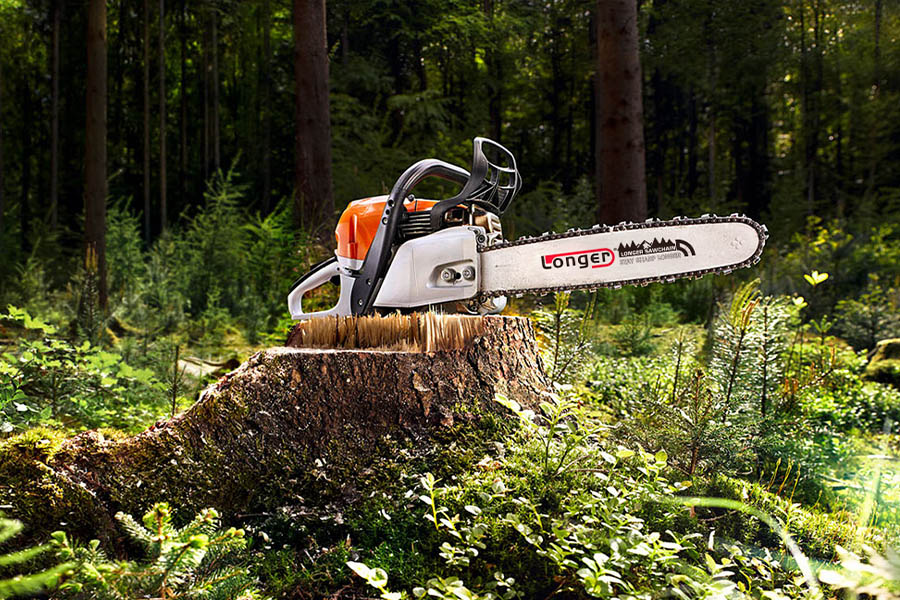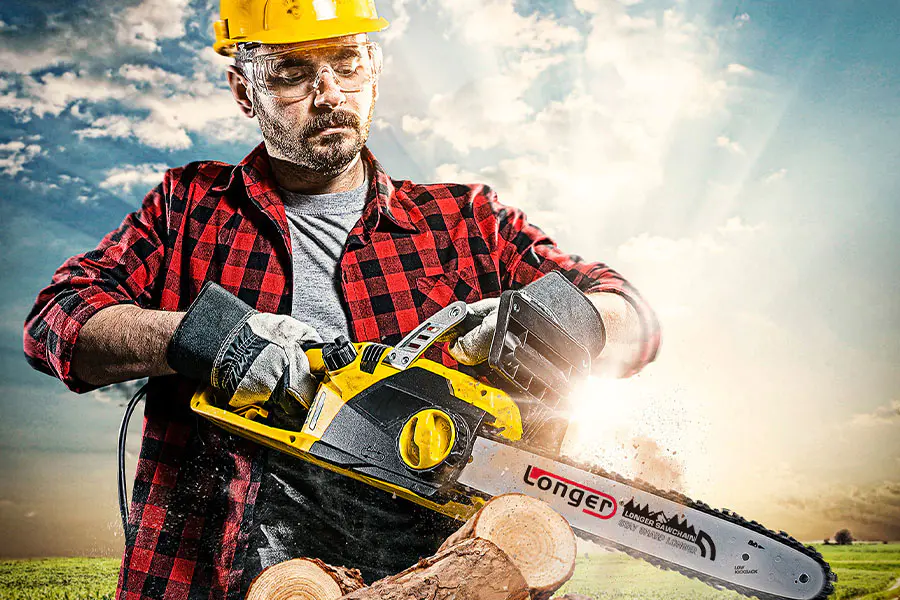Rugged Reliability: Maximizing Productivity with Hardnose Bars in Harsh Environments
In industries where machinery operates in harsh and demanding conditions, the durability and reliability of components play a crucial role in ensuring productivity. Hardnose bars have emerged as essential elements in various applications, providing rugged reliability that withstands the challenges posed by abrasive environments.
Wear Resistance in Abrasive Environments:
Harsh environments often involve abrasive materials that can cause significant wear and tear on machinery. Hardnose bars are engineered with materials and coatings that offer exceptional wear resistance. Whether in mining, construction, or agricultural applications, these bars provide a robust solution to combat the abrasive nature of the materials being processed.
Extended Service Life:
The wear resistance of hardnose bars translates into an extended service life for machinery and equipment. In industries where downtime for maintenance can result in substantial losses, having components with extended durability is a significant advantage. Hardnose bars, with their ability to withstand wear over prolonged periods, contribute to maximizing the operational lifespan of machines.
Optimized Performance in Mining Applications:
Mining operations, characterized by the extraction of minerals and ores from the earth, expose machinery to severe conditions. Hardnose bars find extensive use in mining applications, particularly in crushers, screens, and other equipment involved in material processing. The wear resistance of these bars is crucial for maintaining the efficiency and reliability of mining machinery, ensuring uninterrupted operations.
Tillage and Agricultural Implements:
Agriculture involves the use of heavy machinery for tasks such as tillage, planting, and harvesting. In these applications, where equipment comes into direct contact with soil and rocks, hardnose bars provide a resilient solution. The wear-resistant properties of these bars contribute to the longevity and effectiveness of tillage tools and agricultural implements, enabling farmers to optimize their productivity.
Construction Equipment and Excavators:
Construction sites often present challenging conditions, with heavy machinery required to move and process various materials. Hardnose bars play a vital role in construction equipment, such as excavators and loaders, where they are used in buckets, blades, and other components that come into contact with abrasive materials. The robust construction of hardnose bars ensures reliable performance in these demanding environments.
Reduced Maintenance Costs:
The durability of hardnose bars not only extends the service life of machinery but also contributes to reduced maintenance costs. With less frequent replacements and repairs, businesses can achieve cost savings in terms of both material expenses and labor associated with maintenance activities. This cost-effectiveness is a compelling factor for industries operating in harsh environments.
Customization for Specific Applications:
Hardnose bars are often available in various configurations and materials, allowing for customization based on specific application requirements. Industries can choose hardnose bars tailored to the particular challenges they face, ensuring optimal performance in their unique operating conditions. This versatility enhances the adaptability of hardnose bars across different sectors.
Enhanced Productivity in Aggregate Processing:
Aggregate processing involves the crushing and screening of materials such as gravel, sand, and stone. The wear resistance of hardnose bars is invaluable in crushers and screens, where constant contact with abrasive materials can lead to rapid wear. By withstanding the abrasive forces, hardnose bars contribute to the efficiency and productivity of aggregate processing operations.
2025-06-27




